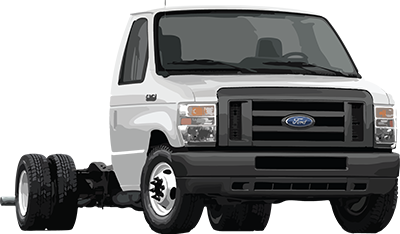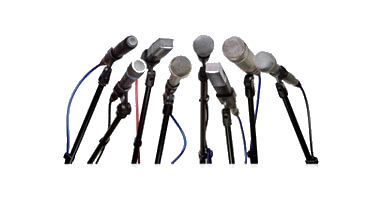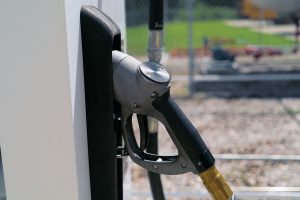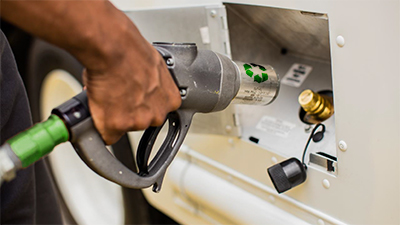CNG Fueling
In this section, you will learn more about where your closest fueling station is and some basics about fueling infrastructures available to you.
Types of CNG Stations
Fast-Fill Stations
Fast-fill stations are best equipped for retail situations where vehicles arrive at various times for a quick and easy fill. The amount of space needed to store the equipment measures about the size of a parking space. Drivers use a dispenser to transfer CNG into the vehicle’s tank. The fast-fill system fills a vehicle at a similar rate to a conventional gasoline fueling station; less than five minutes for a 20 GGE tank. However, fast-fill stations are generally more expensive than a time-fill station.

For more information about fast-fill stations, please visit The Department of Energy.
Time-Fill Stations
Time-fill stations are best for fleets that return to a central location every night. Compared to fast-fill stations, the heat of re-compression is less with time-fill stations, so you usually get a fuller fill with time-fill stations. Time-fill stations also offer lower operation costs because these stations do not require storage, priority or sequential fueling components. Although the cost is less than a fast-fill station, the amount of time it takes to fuel a vehicle depends on the number of vehicles, compressor size and the amount of buffer storage. In addition, the time it takes to fill a vehicle can range from several minutes to many hours.

For more information about time-fill stations, please visit The Department of Energy.
Combination-Fill Stations
Combination-fill stations provide the ability to time-fill or fast-fill on demand. Many fleets use the convenience of time-fill as their primary method of fueling and only use fast-fill if a quicker fill is needed.
For more information about combination-fill stations, please visit The Department of Energy.
Where to Fuel
U.S Department of Energy – Natural Gas Fueling Station Locations
Clean Energy – CNG Station Locator
NGVAmerica – CNG Station Locator
Get Your Own Station
The number of CNG fueling stations in is growing by the year. This growth is caused by the incentives and funding programs created by the federal government that encourage the use of CNG vehicles. Typically, the federal government offers incentives or additional funding to reduce the cost of installing CNG infrastructure. Many types and sizes of fuel stations exist, depending on your facility and needs.
For more information about federal programs & incentives, please visit www.ngvamerica.org
Small Fast-Fill Station: (100-200gge*/day)
Cost ranges from $250,000 – $500,000 for a private station serving:
- 10 – 20 school buses fueling 10 gge/night
- 5 – 10 refuse vehicles fueling 20 gge/night
- 15 – 20 sedans/pickups fueling 7 gge/night
- One 20 – 50 scfm (10-24 gge/hr) compressor
- 5 – 10 psi inlet gas pressure
- 10 dual-hose posts
- One time-fill panel; 10-hour fueling window
- Included installation costs are estimated at 5% of equipment costs
Medium Fast-Fill Station: (500-800 gge/day)
Cost ranges from $550,000 – $850,000 for a private fleet station serving:
- 50 – 80 school buses fueling 10 gge/night
- 25 – 40 refuse trucks fueling 20 gge/night
- 75 – 80 sedans/pick-ups fueling 7 gge/night
- One 100 – 175 scfm (48-83 gge/hr) compressor
- 30 psi inlest gas pressure
- 10 – 40 dual-hose posts
- One time-fill panel; 10-hour fueling window
- Included installation costs are estimated at 65% of equipment costs.
Large Time-Fill Station: (1,500-2,000 gge/day)
Cost ranges from $1.2 – $1.8 million for:
- Large retail station serving light- to heavy-duty vehicles such as delivery vans, work trucks, refuse trucks, class 8 tractors and local fleets
- Airport station serving light- and medium-duty vehicles such as taxis, shuttle buses and local fleets
Assuming there is:
- Two 300-400 scfm (143-190 gge/hr) compressors
- 30 psi inlet gas pressure
- 55,000 scf storage (437 gge)
- Two dual-hose metered dispensers
- Included installation costs are estimated at 50% of equipment costs
For more information about infrastructure costs, please visit The Department of Energy.














